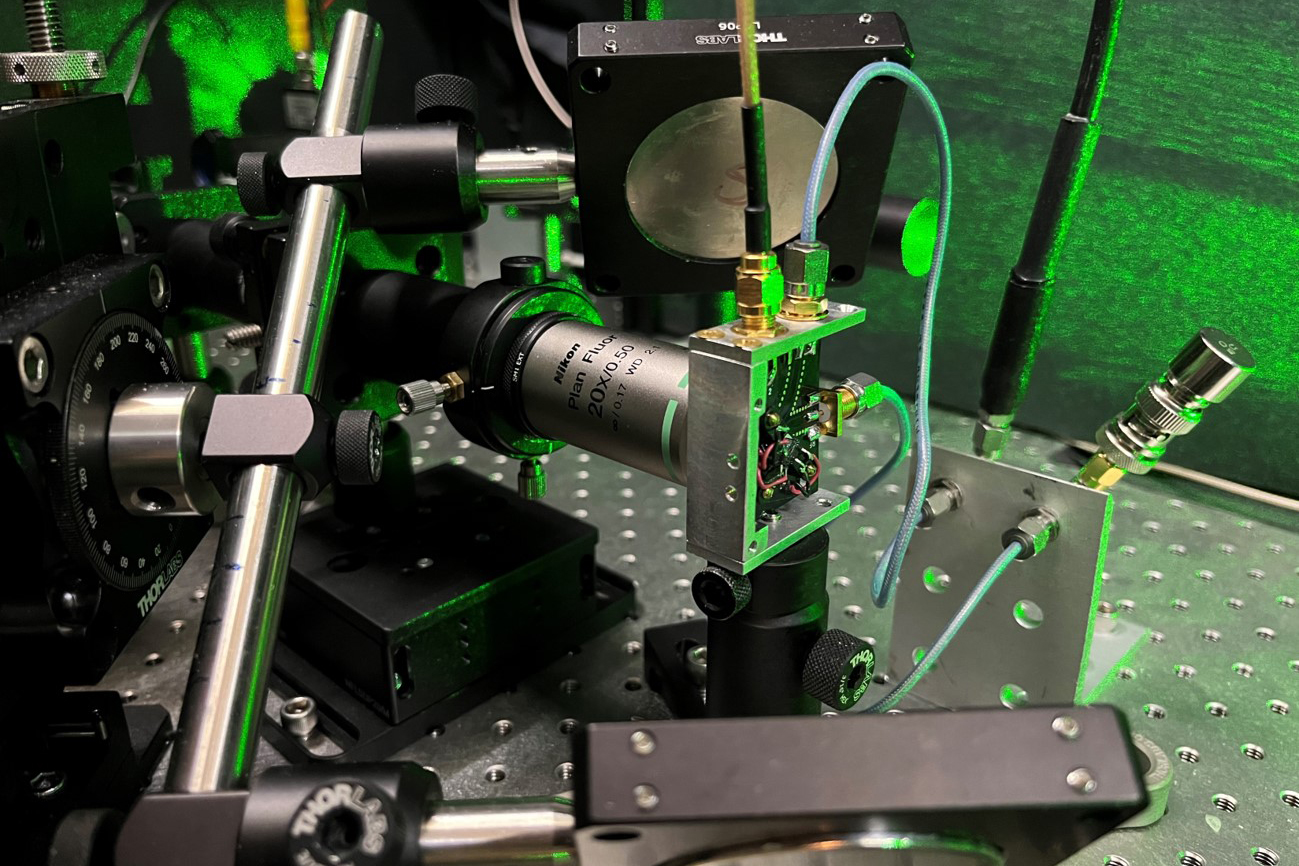Environmental
impacts of nano and QMs

In
modern civilizations, developing policies that impact the environment and human
health requires scientific studies that provide a complete understanding of the
variables that define and affect the quality of the air we breathe, water we
drink, and species we eat. In this research, HQP will focus on improving indoor
air quality with novel nano and QMs. Newly developed nano and QMs will find use
in numerous applications including mineral paints, coatings, inks, indoor
electronics, and more, which could be sold as 'ecofriendly' consumer items. These materials contain transition metal oxides that are active in the
dark and under indoor lighting and could convert volatile organic compounds
(VOCs) in indoor air to more hazardous chemicals. Little is known about the
chemical composition, residence period, and chemical reactivity of these
particles in indoor air and restricted spaces. The HQP will investigate nano
and QMs chemical composition, phase, and size in indoor VOCs absorption,
degradation rates via photochemical pathways, and reactive oxygen species
generation efficiency under ambient atmospheric, geochemical, and physiological
circumstances.